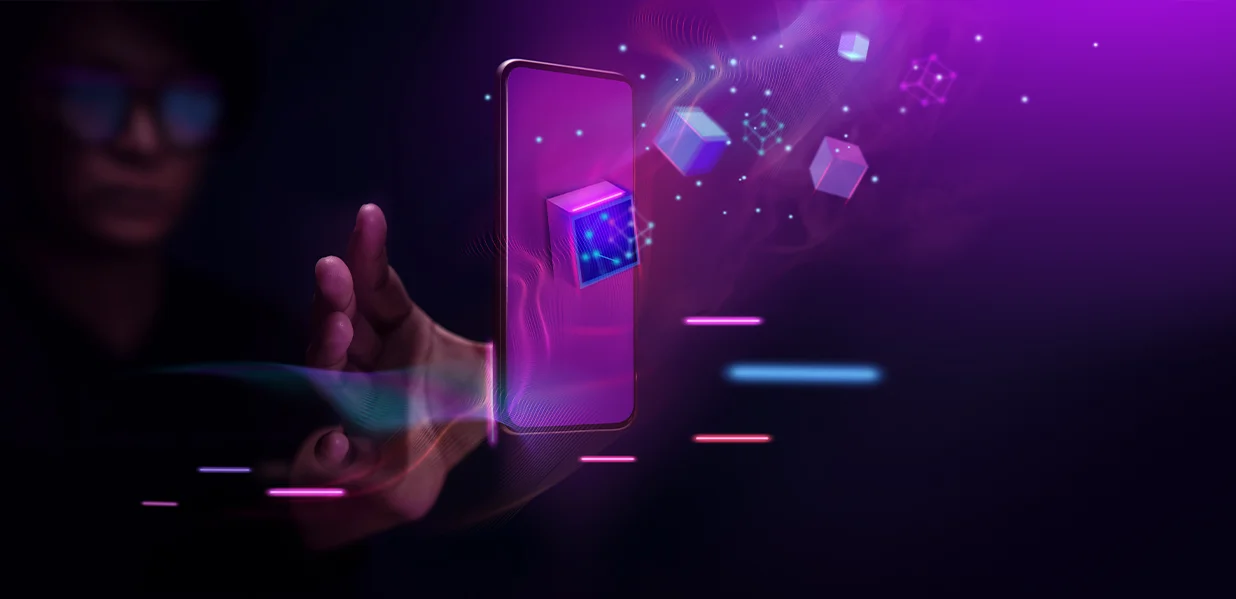We came upon some Mayan ruins the other day — this was out of state — and we watched as the folks ahead of us took command of the site.
“Let’s get a picture — climb up those stones. Guys — say cheese!”
And the guy holding the smartphone snapped a selfie, himself all cheeks in the left foreground and the other guys nine steps up the pyramid.
Someone glanced at the placard at the site and announced to a few “Mmm-hmm’s” that they had surmounted a Mayan burial place, but that was about it for history.
This isn’t news, of course. Smartphones have long-since replaced the travel pics that perhaps told a more complete story of discovery and adventure, our little photoprints of mountains, waterfalls, trains and planes, cafes.
More in opinion: A tribute to my little brother, a devoted uncle and fighter for the downtrodden
We were in those shots, too — as sight-seers. The smartphone has invited us to become — site-subjects. The Mayan ruins become stage-sets featuring you-know-who.
Okay, Smarty-Pants — what’s wrong with that? Well, nothing if it’s unimportant to take away from a look-see little more than the pleasure of your company — like the further info on the placard that the nine steps up the pyramid symbolized the nine layers of The Underworld — good for a “Wow,” maybe?
Taking a picture used to be a slow, deliberate thing. You carried your 35 mm camera on a shoulder strap and had to fiddle with adjustments before looking through the viewfinder, focusing, and clicking the shutter. And if you wanted to get yourself in the shot you had to ask a passerby to do the camera stuff — and it was a nice connection with a stranger.
Later, when you picked up your prints at the drugstore, you had your first look at where you had been. And you talked about the place — how you got there, the details of what you saw, who was with you. And then you put the pix in an album that Granny still keeps.
Join the conversation: How to submit a letter to the editor or guest column to The Herald-Times
Which brings to mind the Canadian expert on communications, Marshall McLuhan, who coined the phrase, “The medium is the message.” He noted that while you may quickly grasp the info — the news topics, let’s say — delivered by a communications apparatus, you may overlook how the way that the information is delivered to you changes the way you live.
McLuhan’s best-known example was how the arrival of the television medium sent the message to gather for dinner in front the TV set with our “TV dinners,” a rather big change in home routines.
A generation or so before McLuhan, back in the 1920s, the big new medium of communication sweeping the country (besides the first telephones getting wired into homes) was — the automobile! Just imagine all the new ideas about the day-to-day that cars gave us.
Some of those ideas were captured in the classic study “Middletown,” a close look at 1920s life in Muncie, Indiana. The arrival of the automobile in Muncie and elsewhere had become “central to life … an important criterion of social fitness,” as one author put it.
But about that selfie-group at the Mayan pyramid. Brian Resnick, writing at Vox, notes that scientists “are finding that constant photo taking actually diminishes our ability to recall our experiences, diverts our attention, and takes us out of the moment.”
Well, that may have been true for the guy with the smartphone, but it sure wasn’t for his gang perched nine layers up The Underworld, yelling, “Take it already!”
Norm Crampton is a writer in Bloomington.
This article originally appeared on The Herald-Times: Columnist writes smartphones have changed how we experience the world








